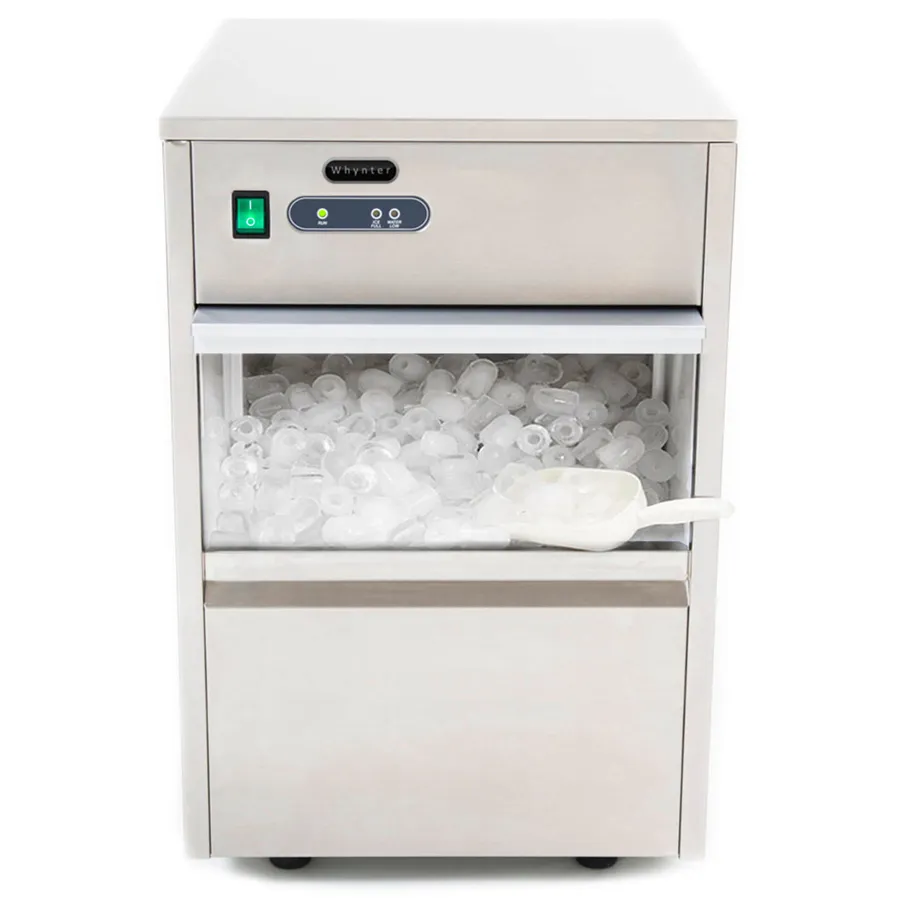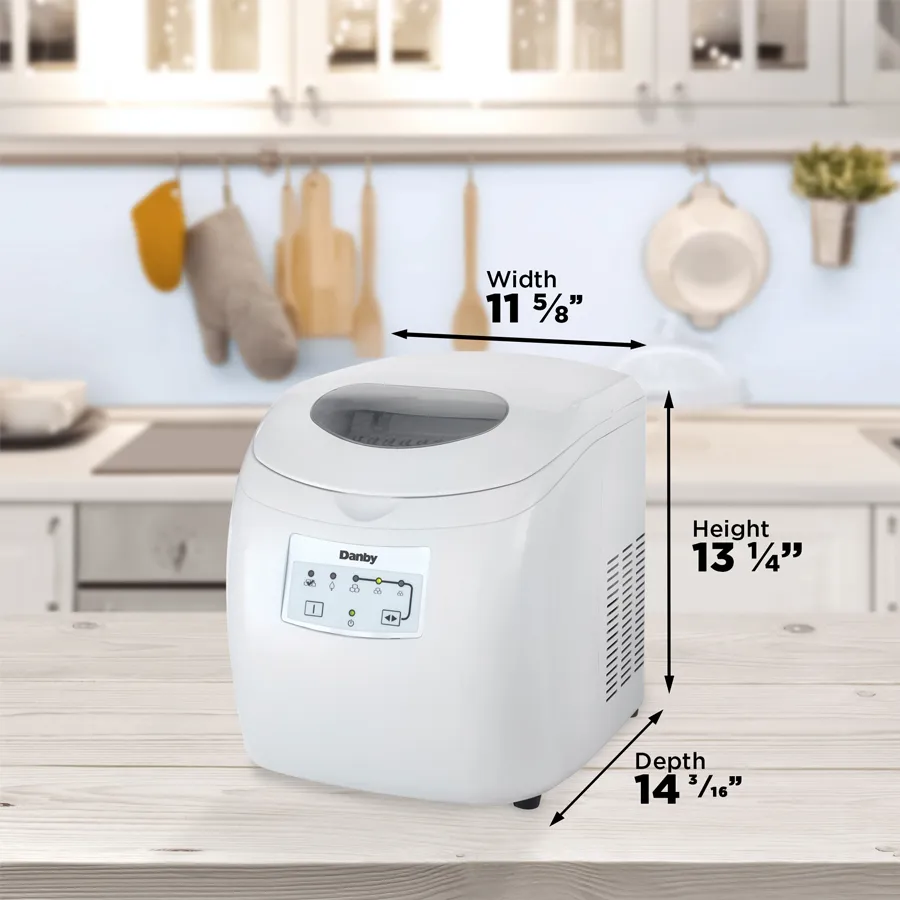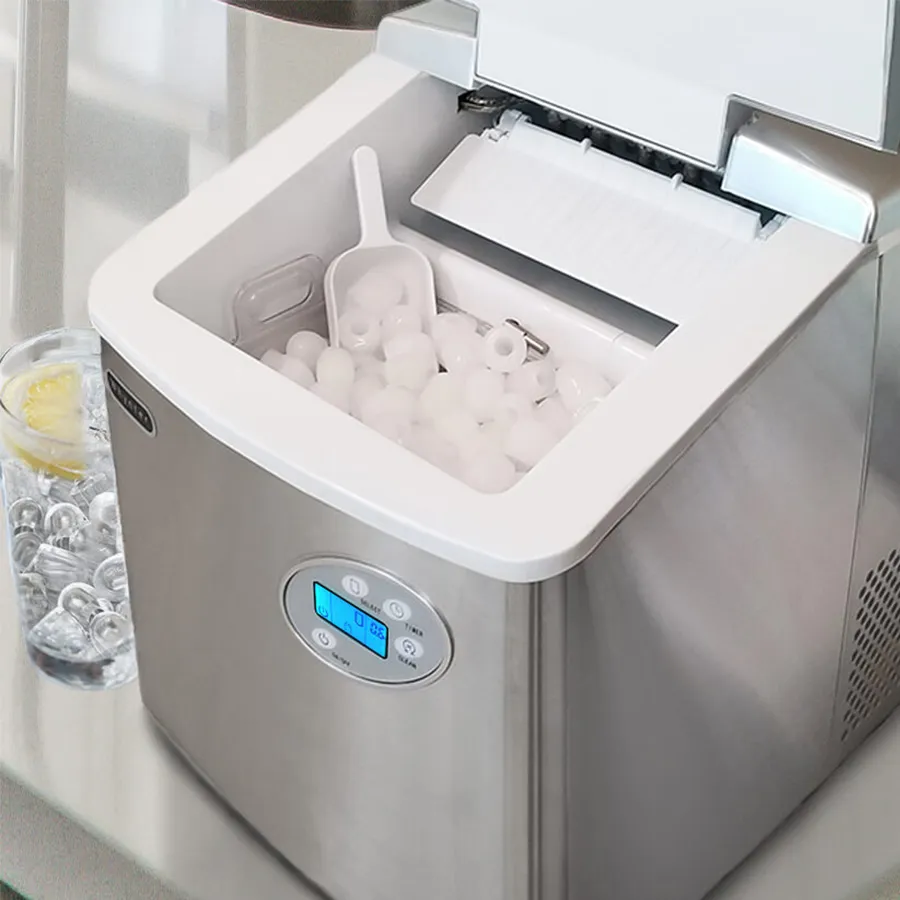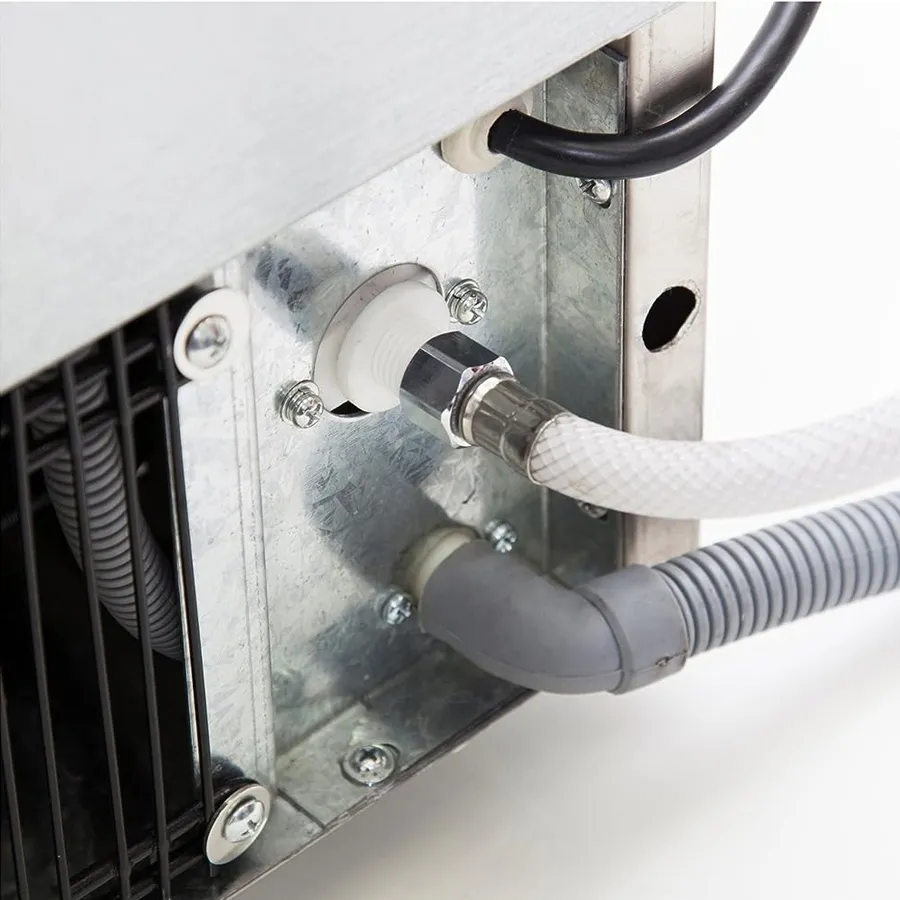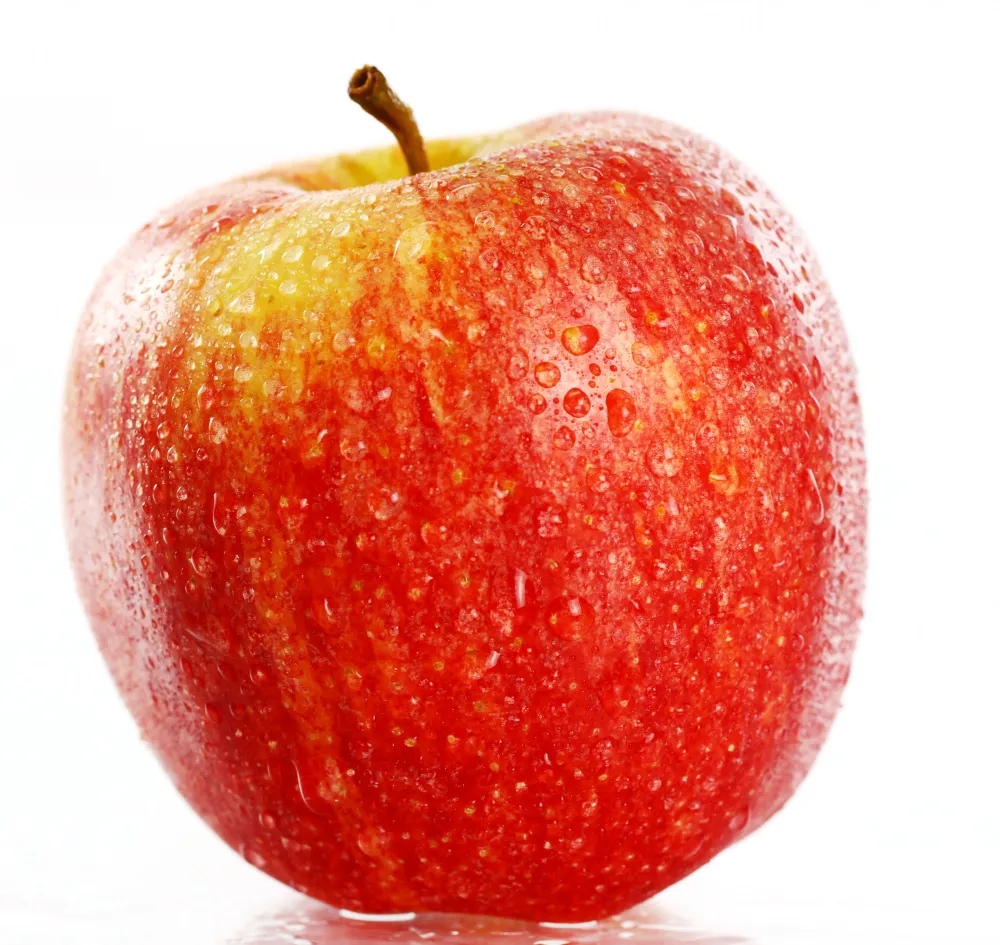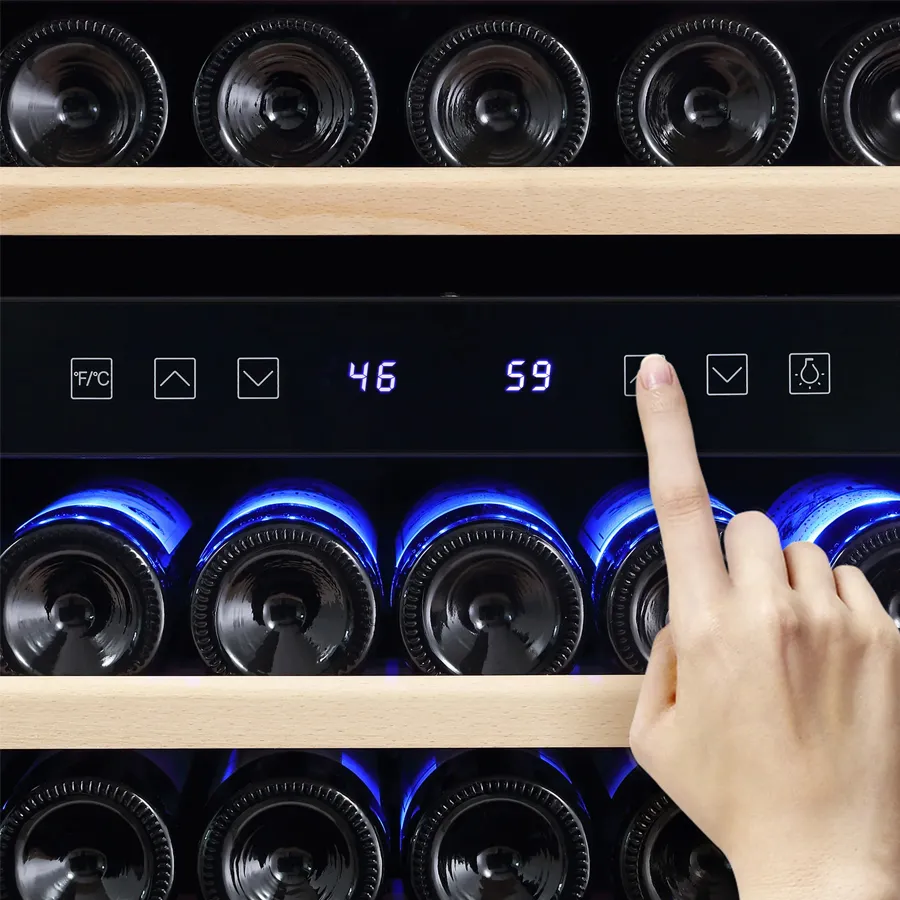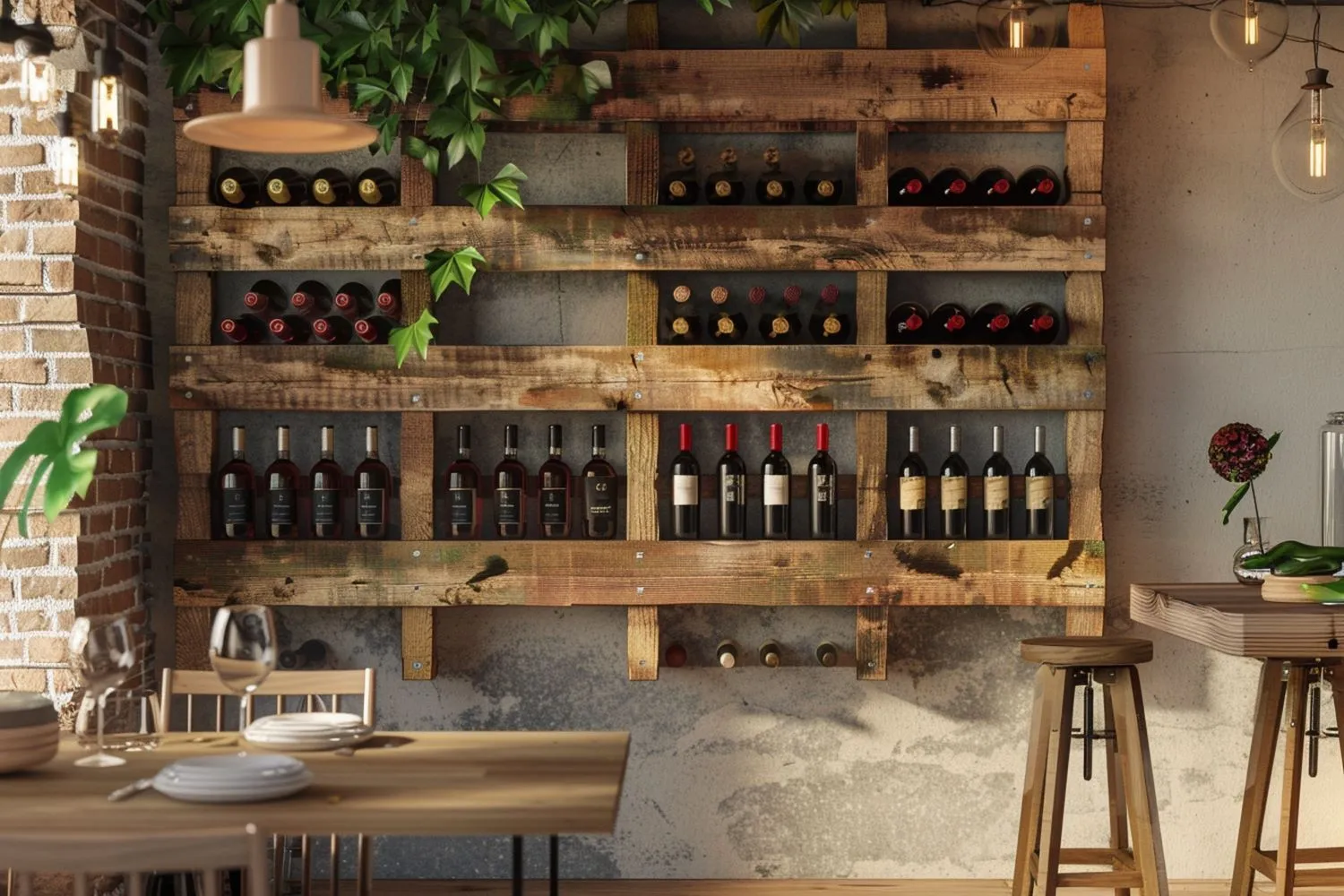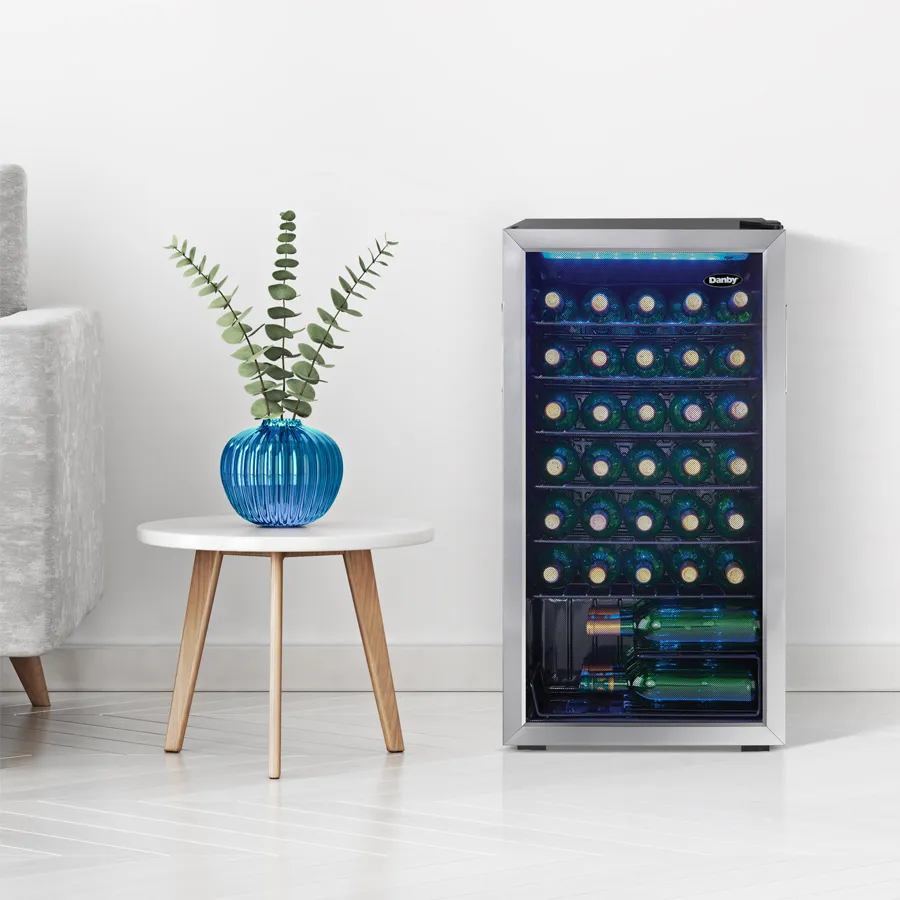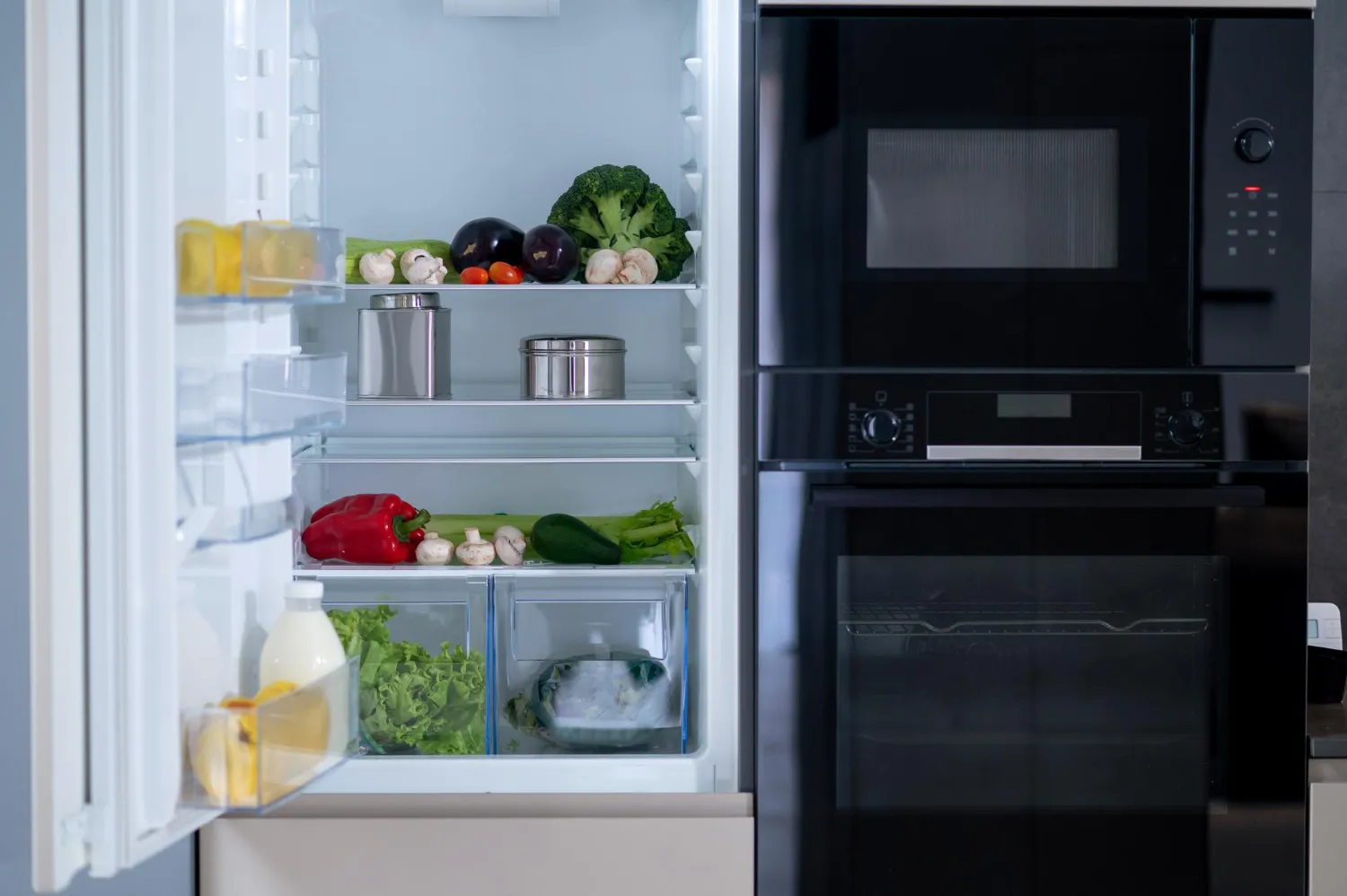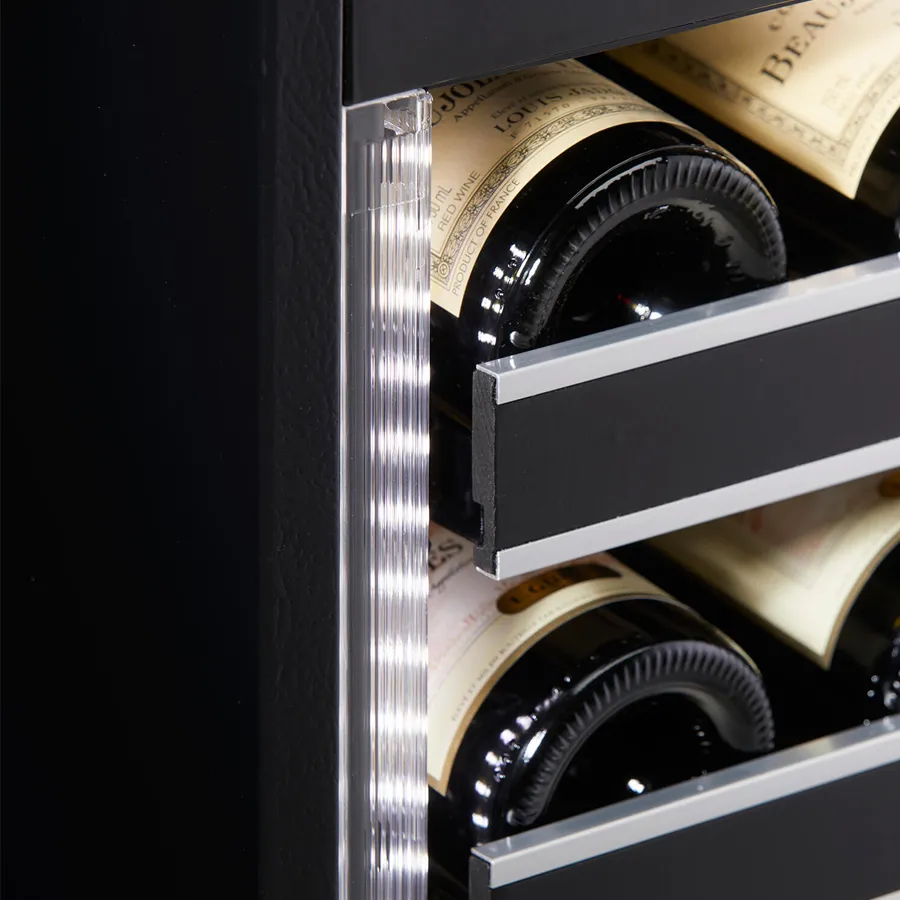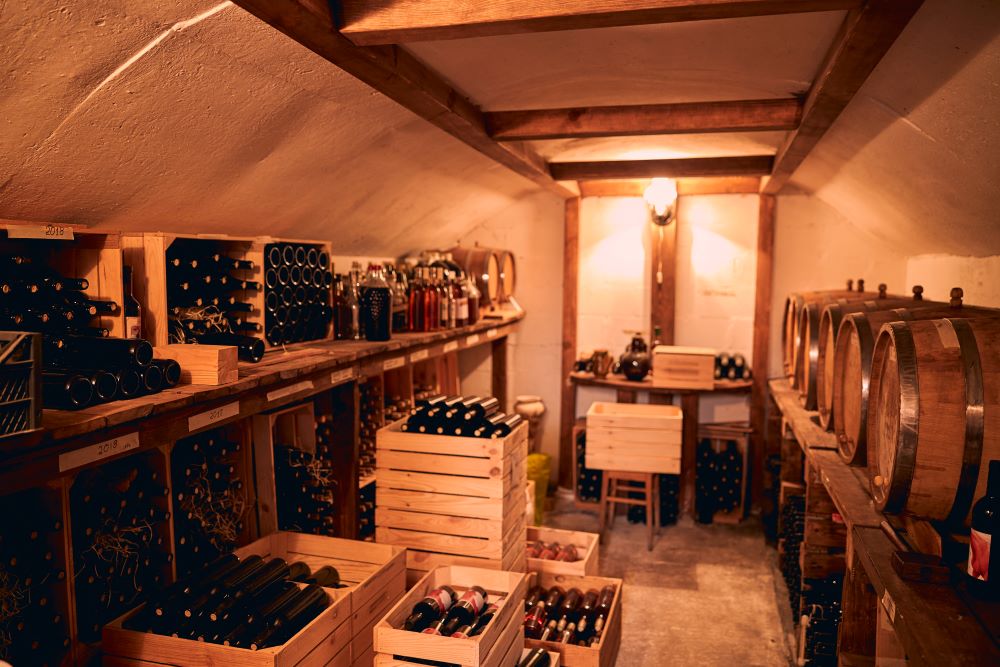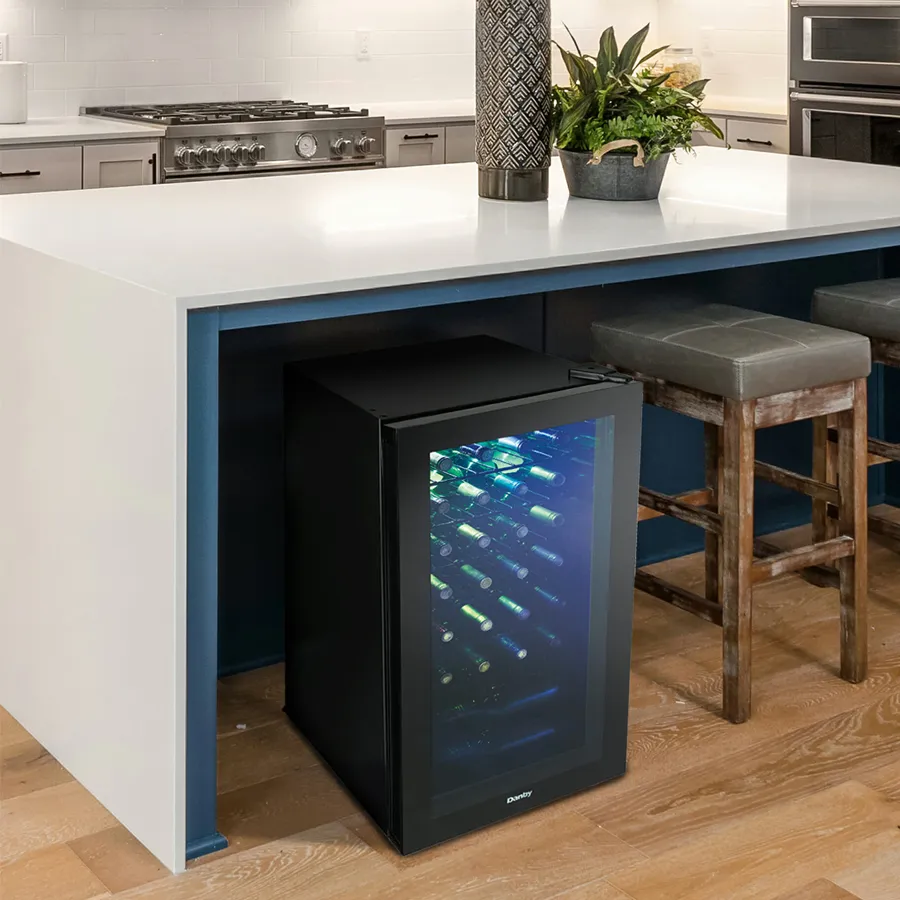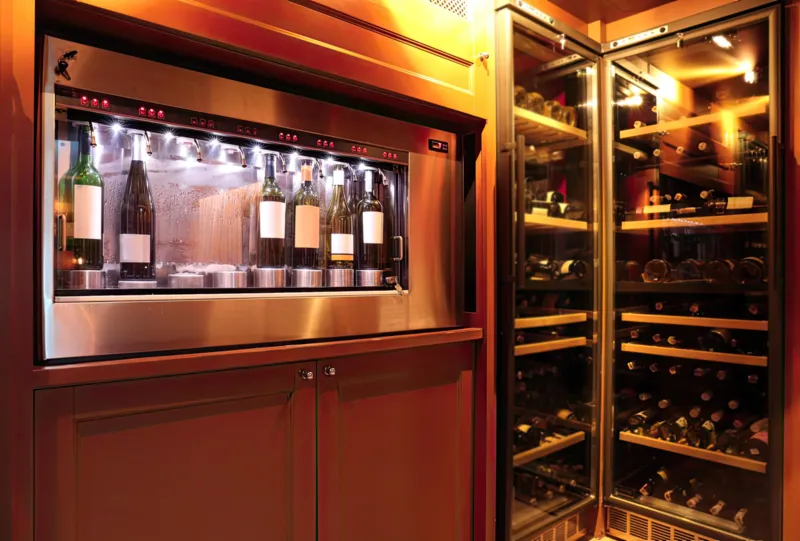A sluggish ice maker can be a frustrating issue, especially when you need a refreshing glass of ice-cold water or planning for a gathering. Understanding the reasons behind the slowdown is crucial for efficient troubleshooting. In this guide, we’ll delve into various factors contributing to a slow ice maker and explore practical do-it-yourself solutions to help you restore its optimal performance. From adjusting freezer temperatures to checking water lines and filters, discover the steps to revive your ice maker’s efficiency and enjoy a steady supply of ice cubes once again.
Signs of a Slow Ice Maker
- Smaller ice cubes: When your ice maker produces smaller-than-usual ice cubes, it’s a clear indication of a slow production process.
- Longer time to fill ice tray: If the ice tray takes an extended period to fill, it’s a sign that your ice maker is not operating efficiently. Identifying and resolving the underlying problem can restore optimal ice production.
Common Causes Why Ice Makers Slow Making Ice
There are a few things to think about if ice production is slow.
- Insufficient water supply: A common culprit for slow ice production is a lack of water. Check the water supply line for any kinks or blockages, ensuring a smooth flow to the ice maker.
- Temperature settings: In some cases, the freezer temperature might be too high, causing delayed ice formation. Adjusting the temperature to the manufacturer’s recommended level can significantly improve ice production.
- Faulty water inlet valve: A malfunctioning water inlet valve can hamper the ice-making process. Regularly inspect and replace this component if needed to ensure a steady flow of water.
How to Fix a Slow Ice Maker At Home – DIY
- Adjust Freezer Temperature: Ensure your freezer temperature is set between 0 and 5 degrees F for optimal ice production. This range not only keeps your food frozen but also promotes faster ice formation.
- Minimize Freezer Door Openings: Limit the frequency of opening the freezer door to maintain a consistently low temperature inside. Frequent openings can hinder ice production, so only access the freezer when necessary.
- Clear Ice Maker Area: Ensure that no items obstruct the ice maker’s sweep arm or ice bin inside a fully stocked freezer. Clearing these areas of any objects will prevent interruptions in the ice-making process.
- Inspect Water Line: Examine the water line for potential clogs or pressure issues. If the ice maker is producing small cubes, check for kinks or blockages in the water line leading to the freezer. Reconfigure the line if needed. Additionally, ensure the water supply valve for the fridge and freezer is fully open to maintain proper pressure.
- Replace Water Filter: If your refrigerator has a water filter, replace it regularly. A clogged filter can impede water flow to the ice maker, causing slow ice production. Install a new filter and allow it to go through several ice-making cycles before using the ice. If you notice any damage during the process, seek assistance from a local appliance professional.
Summing up, if your ice maker is slow in making ice cubes, it could be due to a variety of reasons such as a clogged water line, low water pressure, a malfunctioning water inlet valve, or even a faulty ice maker assembly. It’s important to regularly clean and maintain your ice maker to ensure it runs efficiently. Additionally, make sure to check the water supply line and water pressure to troubleshoot any potential issues. If you’re still experiencing problems, it’s best to consult a professional for further assistance.


